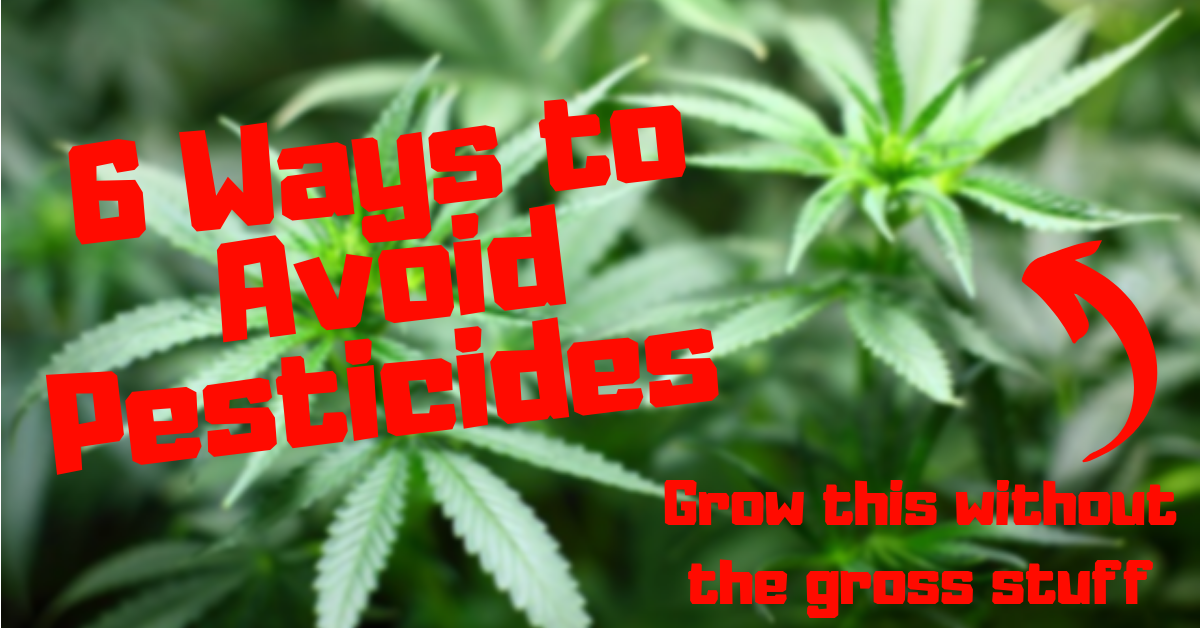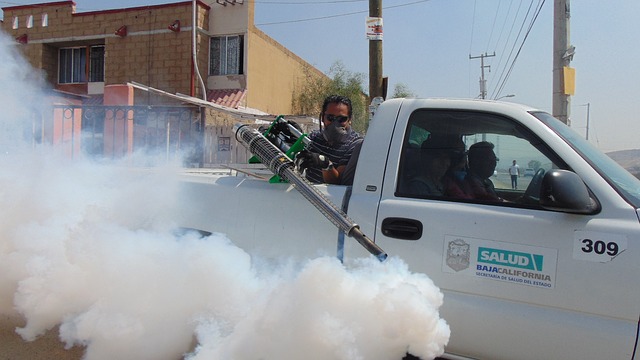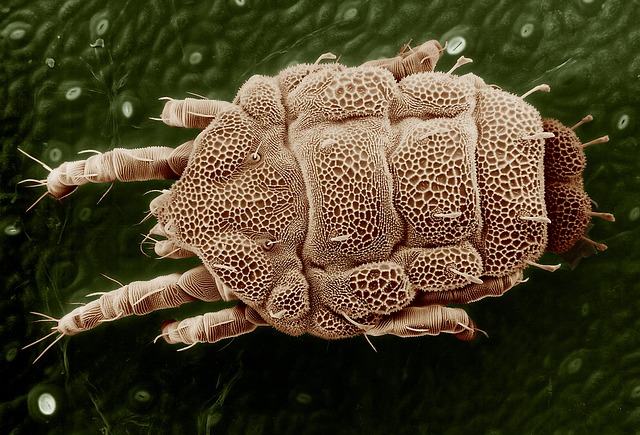
How to avoid the use of pesticides in your cannabis grow by controlling environmental variables.
Have you ever opened up your home to see a horror of a mess?
Shoes spread out, dirt on the carpet, a smattering of things scattered about and a mound of dirty dishes collected in the sink?
It’s a clear indicator that someone has not been properly tending to their homestead and some rectification is in order.
The feeling of shame can slump the strongest of shoulders.
That same feeling can overcome cannabis growers when they check on their plants in the morning and find an army of insects munching away on their hard work, regardless of the scale of their grow.
Despite the feeling of shame that it can bring about, some people will never use pesticides on their cannabis grow.

If you’re one of those people who never wants pesticides touching their grow, you know how difficult it can be to keep insects away.
In this post, let’s examine a few ways that you might be able to control pests without the use of insecticides.
Besides, it seems it’s easier to control the environment, anyway.
1. Temperature
When it comes to using temperature to control insects, some make it very easy.
For example, wasps are known to fly directly into the hot HID and die after being cooked alive by the heat.
However, other insects love the heat.
For example, spider mites will reproduce every handful of days if the temperature of your grow remains above 80 degrees Fahrenheit.
By simply dropping the temperature by 20 degrees for a period of time, you’ll create a hostile environment that may help you dispose of these types of insects.
2. Humidity
Spider mites love a dry environment.
One other way to ensure they don’t thrive is to simply increase the humidity in your grow.
Be sure to balance carefully between temperature and humidity, however.
3. Air circulation
Besides being hot and humid, stagnant air is ideal for insects to move around.
They more easily navigate and reproduce in grows that aren’t giving them physical difficulty.
A well-ventilated environment helps prevent insects from gaining a strong foothold in any one location.
Keeping plants uncrowded with air continuously circulating between them is one good way to prevent insects from spreading without pesticides.

4. Lights
Imagine if the sun didn’t come up every morning.
Or, if it did, that it came up in a different spot and provided varying hours of sunlight each and every day.
Plants would have a difficult time staying healthy.
Without a solid light system in your grow, plants will struggle, and insects will have an easier go at your crop.
Too few or too weak lights create spindly plants with spotty growth.
Their weakened states will make them more vulnerable to insect infestation.
So, an intelligent lighting system may help you prevent insects without potentially harmful chemicals.
5. Nutrients
According to research, plants are naturally equipped to fight insects on their own.
According to a 2015 report that was published by Singh and Sharma, plant terpenes are used to defend plants from herbivore predation, UV irradiation, microbial infestation, and even insect invasion.
However, plants can’t protect themselves if they’re not getting proper nutrition.
A consistent nutrient schedule helps growers fight off insects by:
- Regularly leaching soil (about once per month)
- Using the proper nutrients
- Monitoring plants on a daily basis
6. Diligence
Not every room is perfectly sealed off, but that doesn’t mean you can’t stop some of the smallest insects from entering your grow.
Ants are experts at finding every nook and cranny they can to search for even the smallest bit of food.
That means growers must be just as diligent in their plant protection.
While it can be difficult to find every nook and cranny before they do, you can help manage their movements by blocking their path with tanglefoot or even cinnamon.
Having other insect problems?
- Remove mealybugs with a Q-tip dipped in rubbing alcohol.
- Pick off slugs and snails at night using a flashlight.
- Smash spider mites between your thumb and forefinger.
Whether you’re controlling some factor of your grow or keeping a diligent eye on your plants on a daily basis, there are plenty of ways to protect your crop without the use of pesticides.
If you’ve found this post helpful, please share it on Facebook so we can continue to grow our reach while you grow your plants!